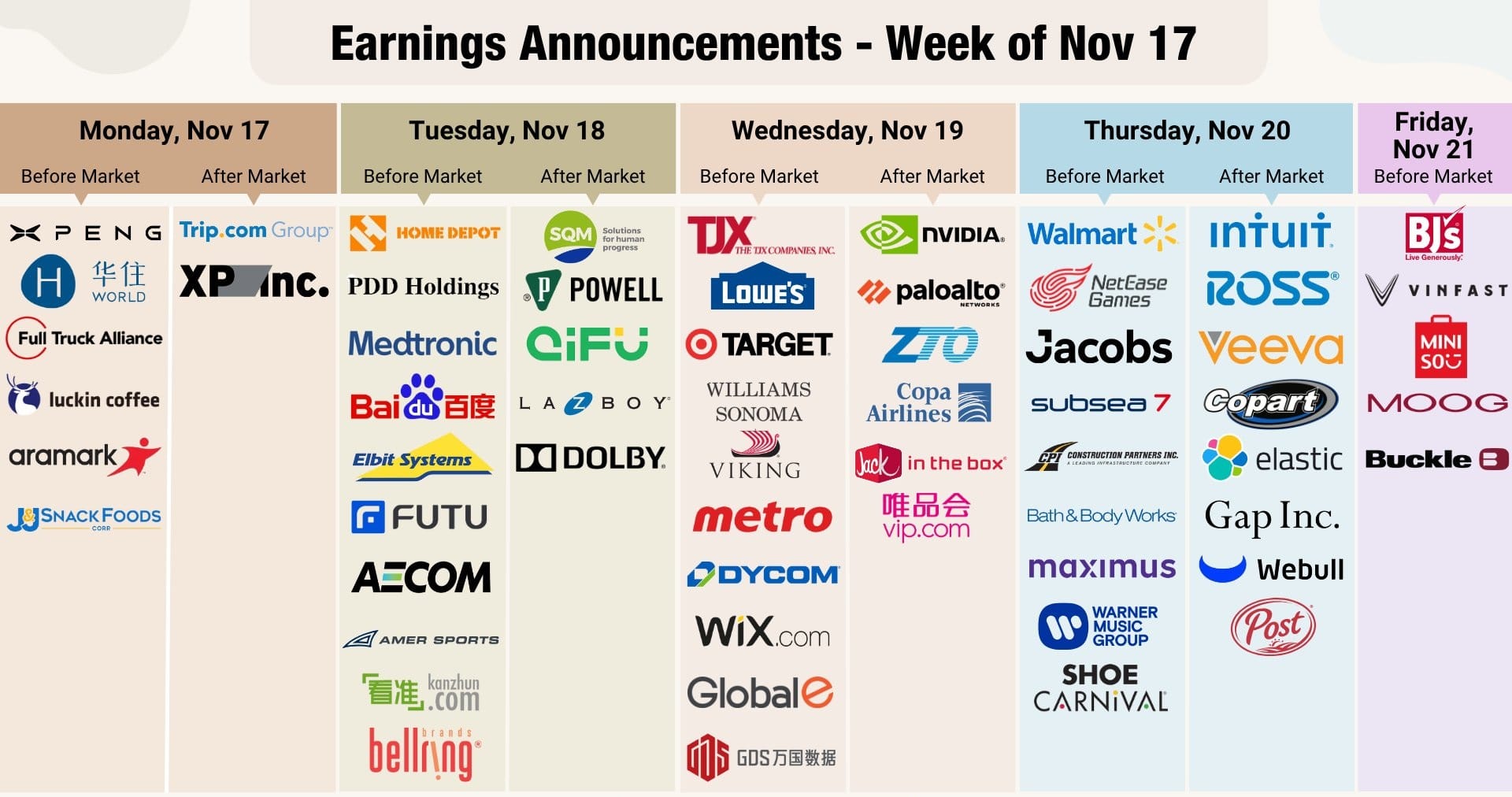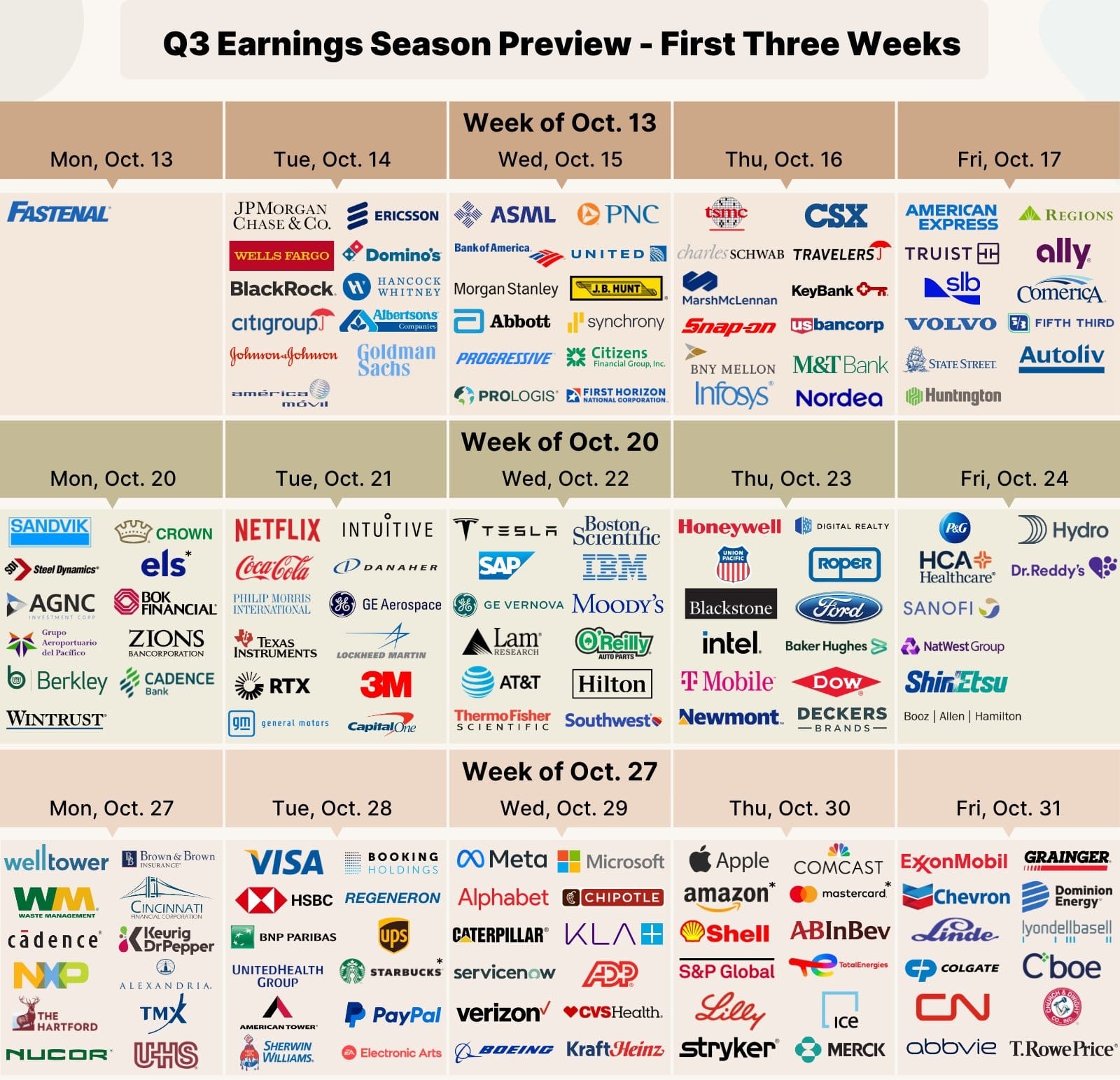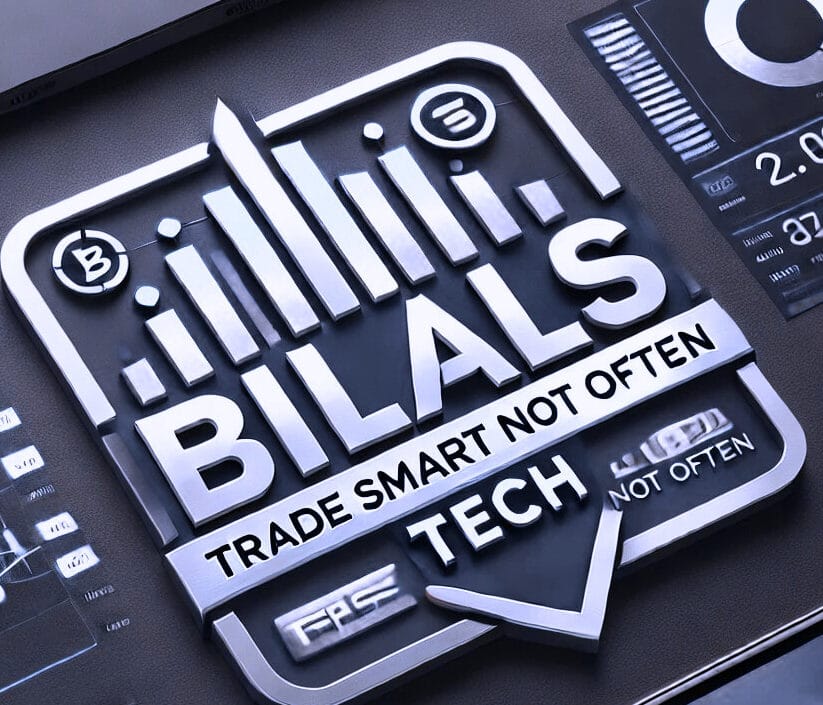As autumn settles over global markets, Q3 earnings season arrives as more than a financial ritual—it’s a referendum on corporate resilience, policy credibility, and the real-world payoff of artificial intelligence. With over two-thirds of the S&P 500 set to report by month’s end, and nearly three-quarters of market capitalization in play, this quarter stands as the most consequential since the pandemic’s aftermath.
Investors are not merely seeking profit tallies. They’re looking for clues—about consumer endurance, pricing power, supply chain stability, and corporate discipline in a world still balancing on the fault lines of inflation and innovation. Against a backdrop of policy uncertainty and global friction, Q3 earnings will determine whether optimism around AI and growth is justified—or premature.

The Earnings Landscape: Slower Growth, Sharper Scrutiny
Analysts anticipate a notable deceleration in growth. Goldman Sachs projects S&P 500 earnings to rise 6% year-over-year, down from 11% in Q2, while sales growth is expected to hover near 4%. Some analysts remain cautiously optimistic, expecting top-line surprises as consumers continue spending, especially in tech and financials.
Yet, structural headwinds remain. Tariffs totaling $93 billion, up 33% from the previous quarter, are compressing margins for multinational manufacturers. Foreign exchange volatility has eroded the currency tailwinds of earlier quarters. The “Magnificent 7”—tech titans like Microsoft, Alphabet, Amazon, and Nvidia—now face their most intense reality check yet. Their collective EPS growth is expected to slow to 14%, roughly half of the prior run rate.
That moderation marks not a collapse but a recalibration. The AI revolution is transitioning from promise to proof, forcing companies to show tangible revenue impact. For investors, Q3 earnings will separate sustainable adoption from speculative exuberance.
Wall Street’s Opening Act: The Banks Take the Stage
The season opens with JPMorgan Chase (JPM), Citigroup (C), Wells Fargo (WFC), and Goldman Sachs (GS) on October 14. Their performance will set the tone for the quarter—and perhaps for 2026 forecasts.
Barclays describes the sector outlook as “constructive,” noting resilience in several key areas:
- Net Interest Income (NII): Despite lower rates, deposit repricing remains favorable, preserving spreads.
- Fee Income: Renewed M&A and IPO activity is lifting investment banking.
- Expense Management: Rising costs are offset by strong top-line growth.
- Credit Quality: Stable outside of isolated stress in commercial real estate and consumer credit.
- Capital Returns: Buybacks and dividend increases remain robust.
JPMorgan’s Q3 earnings are projected at $4.83 per share on $44.7 billion in revenue, reflecting its diversified model. Citigroup’s global reach and Wells Fargo’s domestic lending base will offer contrasting reads on consumer confidence. Goldman Sachs remains the purest proxy for Wall Street dealmaking, while BlackRock (BLK), with an expected $11.25 EPS, will provide critical insight into institutional capital flows and ETF demand.

The Tech Titans: From Hype to Revenue Reality
The heart of Q3 belongs to Big Tech. The week of November 3—when Microsoft, Alphabet, Meta, Amazon, and Tesla report—could define the market’s next leg.
- Microsoft Q3 Results: Focused on Azure AI adoption and the monetization of Copilot. Analysts expect strong enterprise traction as generative AI becomes embedded in Microsoft 365 and cloud services.
- Alphabet (GOOGL): Balancing AI-driven ad automation with regulatory headwinds in the U.S. and EU.
- Meta (META): Investors will measure the profitability of Reels and AI-powered ad targeting against heavy infrastructure costs.
- Amazon (AMZN): Eyes are on AWS margins and the rollout of AI chip infrastructure (Trainium, Bedrock).
- Tesla (TSLA): Amid slowing EV demand, focus shifts to energy storage and cost control.
Collectively, these firms represent over 30% of the S&P 500’s market cap. Their commentary will define sentiment on both AI monetization and macro resilience.
Goldman Sachs estimates hyperscaler capex will surge 75% YoY in Q3, underscoring continued AI infrastructure buildout. The sustainability of that pace, however, hinges on evidence of true enterprise demand—something TSMC may soon confirm or contradict.
TSMC: The Linchpin of the AI Supply Chain
When Taiwan Semiconductor Manufacturing Company (TSM) reports on October 16, markets will be watching as if it were the Federal Reserve. TSMC is the beating heart of the AI economy, fabricating chips for NVIDIA, AMD, and the cloud giants.
Analysts expect $31.65 billion in revenue, up nearly 35% YoY, with EPS of $2.59. A strong report would confirm broad-based AI hardware demand. Any sign of slowing or order softness, however, could deflate the AI trade across semiconductors and cloud names alike.
TSMC’s commentary on 2nm and 1.4nm process nodes, utilization rates, and client mix will serve as the best gauge of where the AI cycle truly stands. Meanwhile, Samsung Electronics, set to report the same week, will provide a complementary look at memory and consumer chip dynamics.
Macro Uncertainty: The Data Fog Deepens
The U.S. government shutdown has disrupted normal data flows, leaving investors to navigate in semi-darkness. The delayed September CPI is still expected by month’s end, critical for Social Security adjustments and Federal Reserve decisions.
Consensus forecasts:
- Headline CPI: +0.3% MoM
- Core CPI: +0.3% MoM
Citigroup’s models point to core inflation at 0.28%, suggesting a cooling trend that could embolden the Fed’s dovish wing. Retail sales (+0.4% expected) and PPI readings will round out a murky economic picture.
Abroad, China’s deflation, UK’s GDP slowdown, and European stagnation add to the uncertainty. Central banks from the ECB to the RBA are split between patience and preemption. Monetary divergence is now a defining market theme.
Sector Spotlight: Winners and Strugglers
Healthcare: Drugmakers face a shifting policy landscape. Eli Lilly (LLY) and Johnson & Johnson (JNJ) are navigating pricing reform and production scaling for GLP-1 therapies.
Industrials: Tariffs and weak global capex weigh on firms like Caterpillar and 3M.
Consumer Staples: Resilience remains in defensive names like Coca-Cola (KO) and PepsiCo (PEP).
Telecom & Infrastructure: AT&T and Verizon are repositioning as AI network enablers through edge computing.
Energy: With oil below $60/barrel, producers like ExxonMobil and Chevron are bracing for softer margins and restrained capital spending.

Central Banks: Diverging on Caution
The Federal Reserve faces its own balancing act. While some policymakers argue for further easing, others warn inflation remains “materially above target.” Market pricing now implies roughly 44 basis points of cuts by year-end.
Elsewhere, the Bank of Canada leans hawkish after a strong labor print. The RBA turned more cautious amid persistent CPI pressure, while the BoE stands pat, awaiting wage moderation.
Global monetary fragmentation is back—and Q3 earnings could determine which economies prove most resilient to tighter liquidity.
AI: Hype or Horizon?
Q3 2025 represents the first full-scale test of whether AI’s economic impact matches its market valuation.
Evidence of progress:
- Cloud AI usage up 3x year-over-year.
- Data center demand hitting record highs.
- Hyperscaler investment growing faster than GDP in multiple regions.
But risks persist. Monetization remains uneven, regulatory scrutiny is tightening, and valuations assume flawless execution. Investors are beginning to differentiate between companies selling AI promise—and those generating AI profit.
Investor Playbook: Navigating the Crosscurrents
In this environment, prudence and selectivity rule.
- Prioritize quality: Firms with durable cash flow and pricing power remain defensive.
- Watch guidance: Forward commentary will drive market moves more than earnings beats.
- Diversify geographically: Asian semiconductor and European industrial exposure provide hedges.
- Anticipate volatility: Options markets are pricing in 5–9% swings post-earnings for key names.
Conclusion: The Quarter That Shapes 2026
Q3 earnings are not merely an accounting exercise—they’re a referendum on the global economy’s next phase. Will corporate America sustain momentum amid tariffs, inflation, and fading stimulus? Can AI shift from narrative to necessity? Will central banks engineer a soft landing without reigniting price pressures?
The answers will emerge not from one headline, but from the collective signal of thousands of corporate voices. In this crucible of Q3, markets will define the contours of 2026—and perhaps the next decade of economic leadership.












